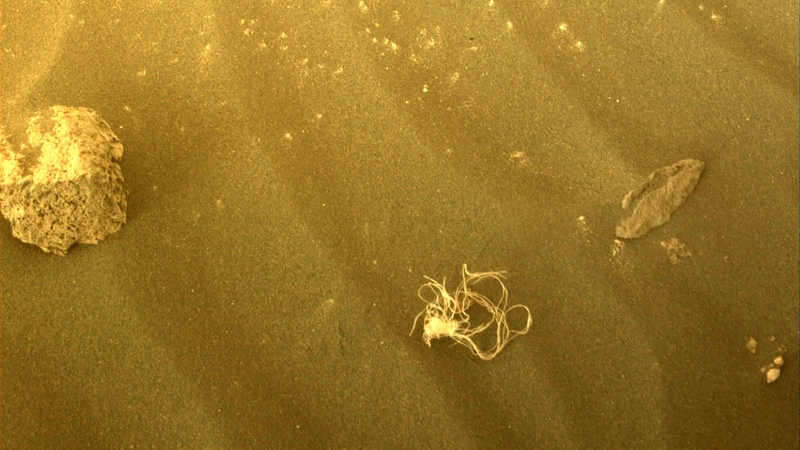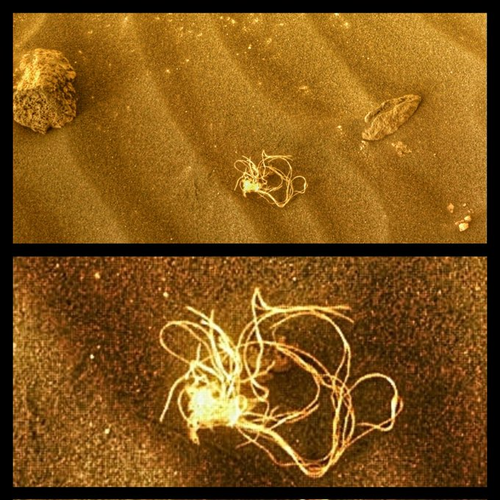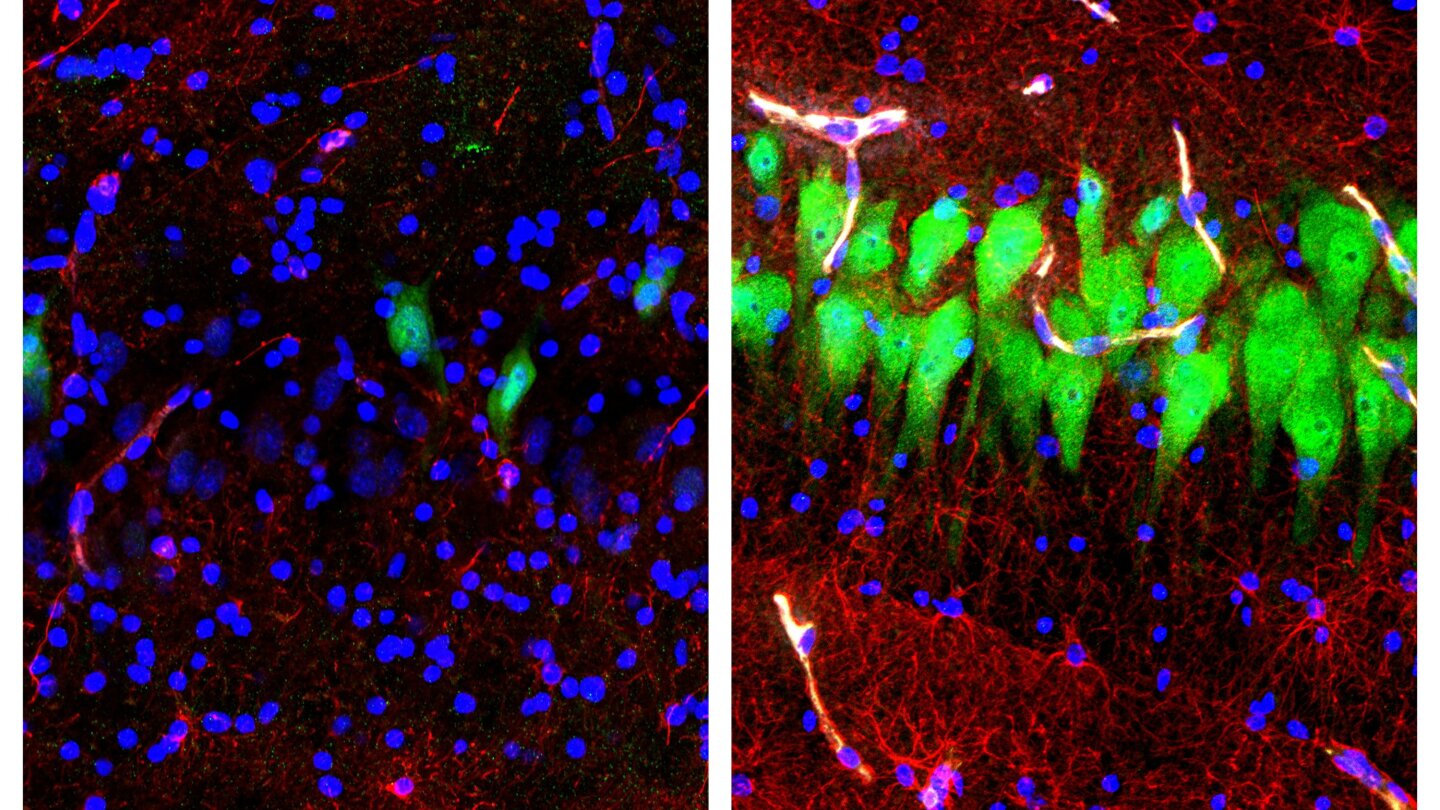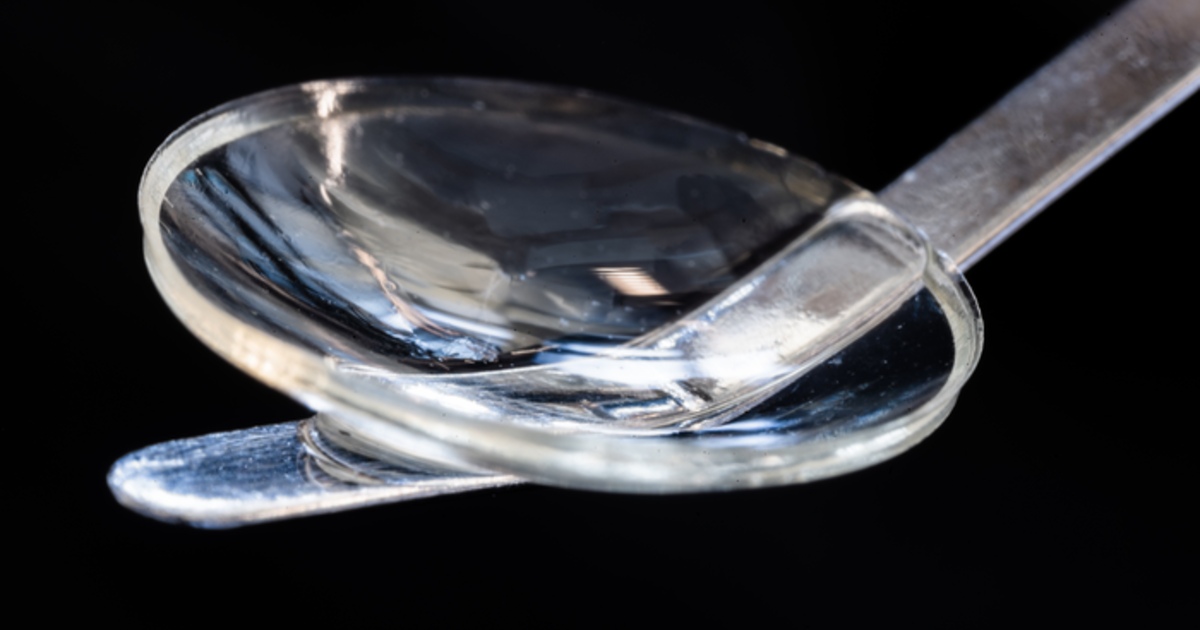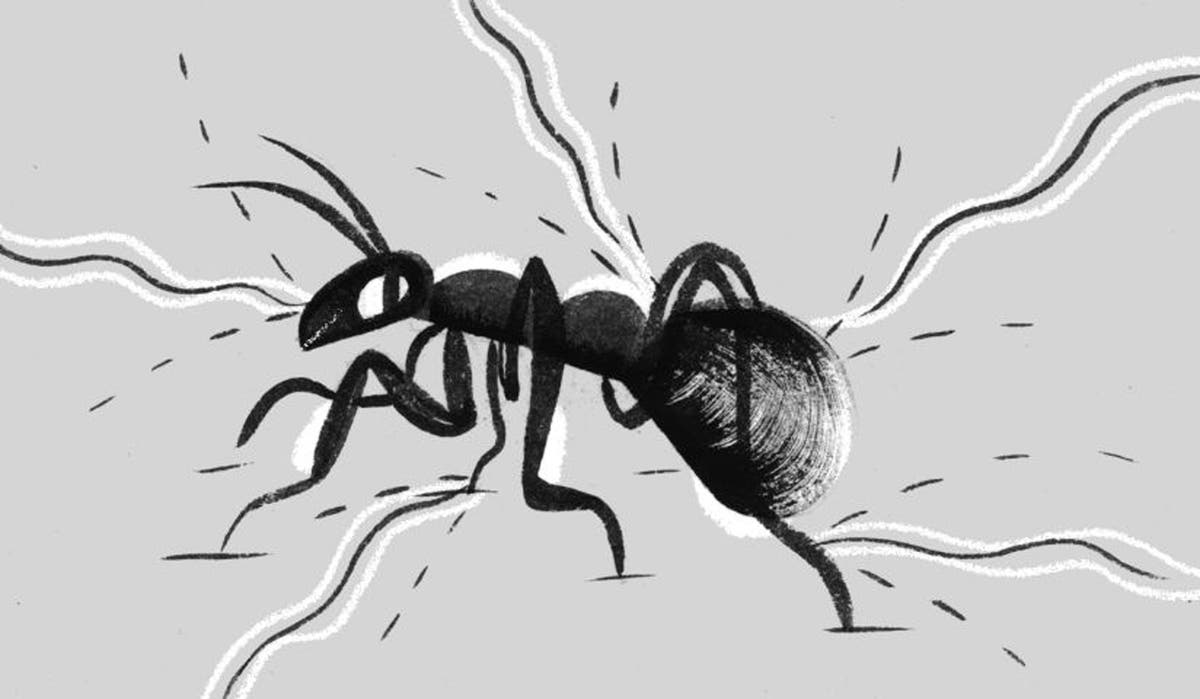Online
Hours after pumping synthetic fluids through the bodies of dead pigs, a team of researchers from Yale University observed their hearts beginning to beat faintly. Blood circulation was restored, and some cellular functions were revived in vital organs such as the heart and liver.
The peer-reviewed findings, published Wednesday in Nature, have far-reaching consequences in medical fields such as organ transplantation.
But they also add to the thorny ethical issues surrounding the definition of death, as the distinction between the dead and the living becomes increasingly blurred.
According to the Nature article, the Yale research team used the OrganEx system — consisting of a device similar to the heart-lung machines used in surgery and the experimental mixture of fluids that promotes cellular health and reduces inflammation — on pigs one hour after they no longer had a pulse.
Another group of dead pigs was put on ECMO, a life-support measure that oxygenates the blood outside of the body. By the end of the six-hour trial, the scientists found that the OrganEx technology was capable of delivering “adequate levels of oxygen” to the pigs’ whole bodies, which restored certain key cellular functions in organs such as the heart, liver and kidneys.
“Under the microscope, it was difficult to tell the difference between a healthy organ and one which had been treated with OrganEx technology after death,” Zvonimir Vrselja, a neuroscientist at the Yale School of Medicine who took part in the study, said in a news release……..
"Twelve minutes, Doctor West."


